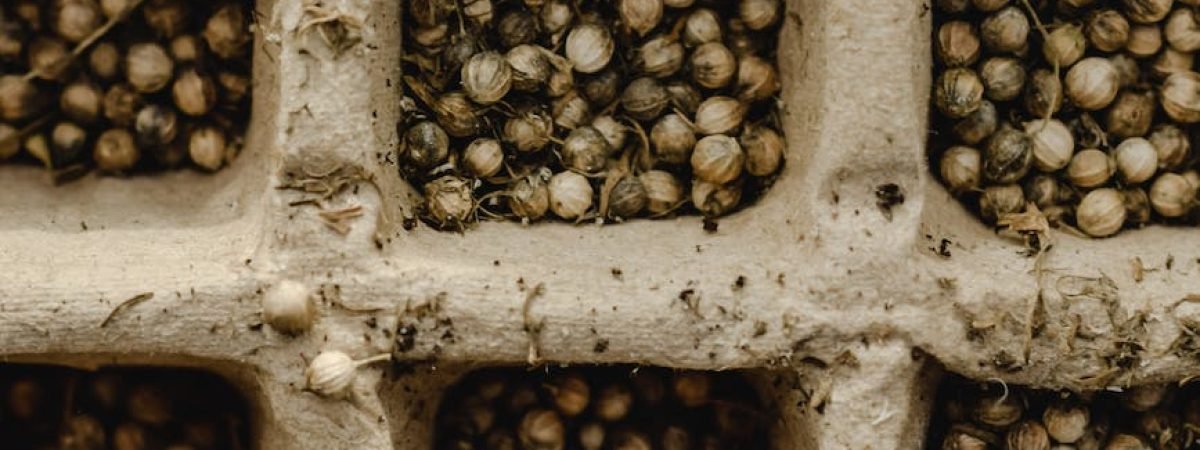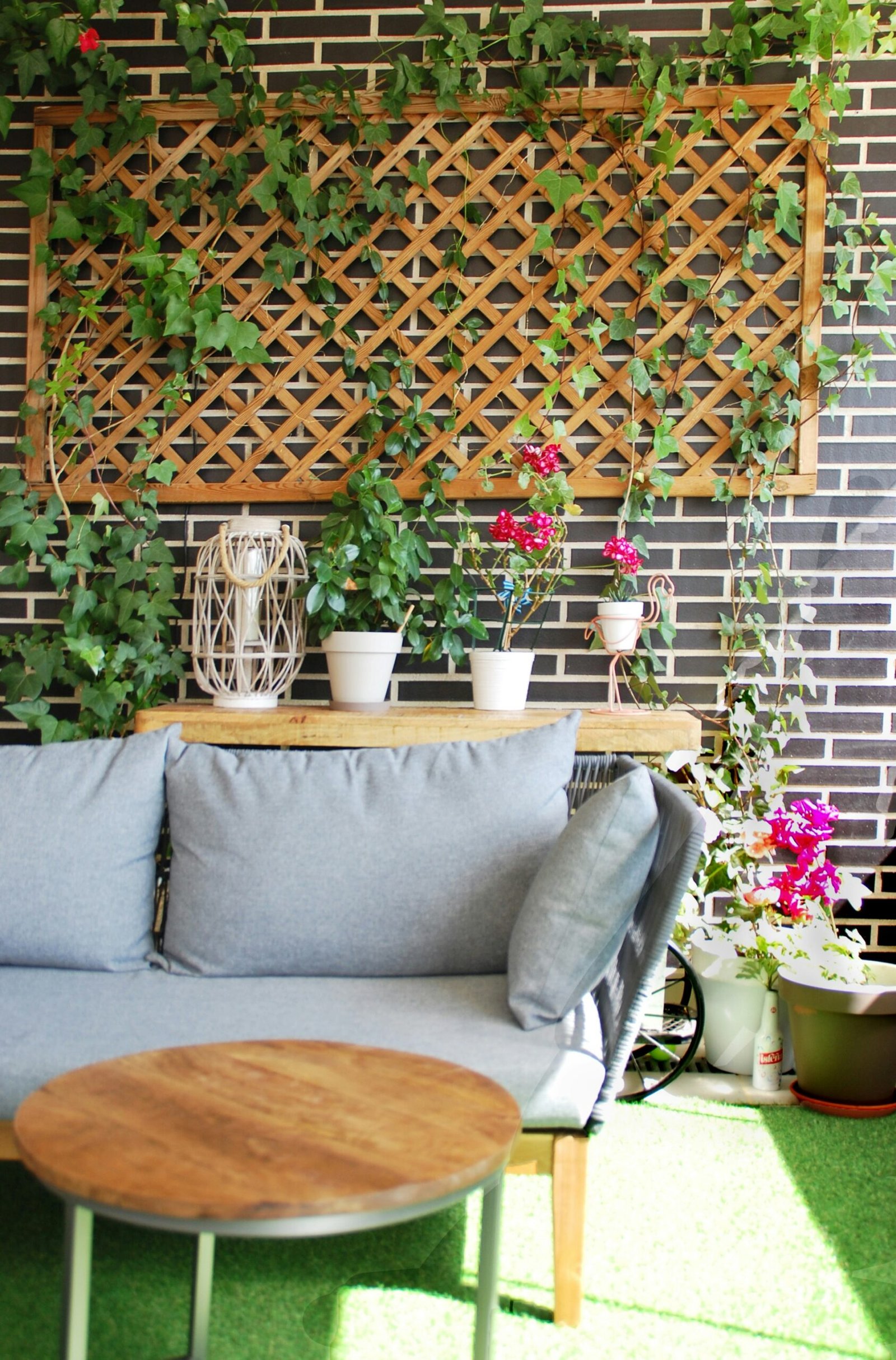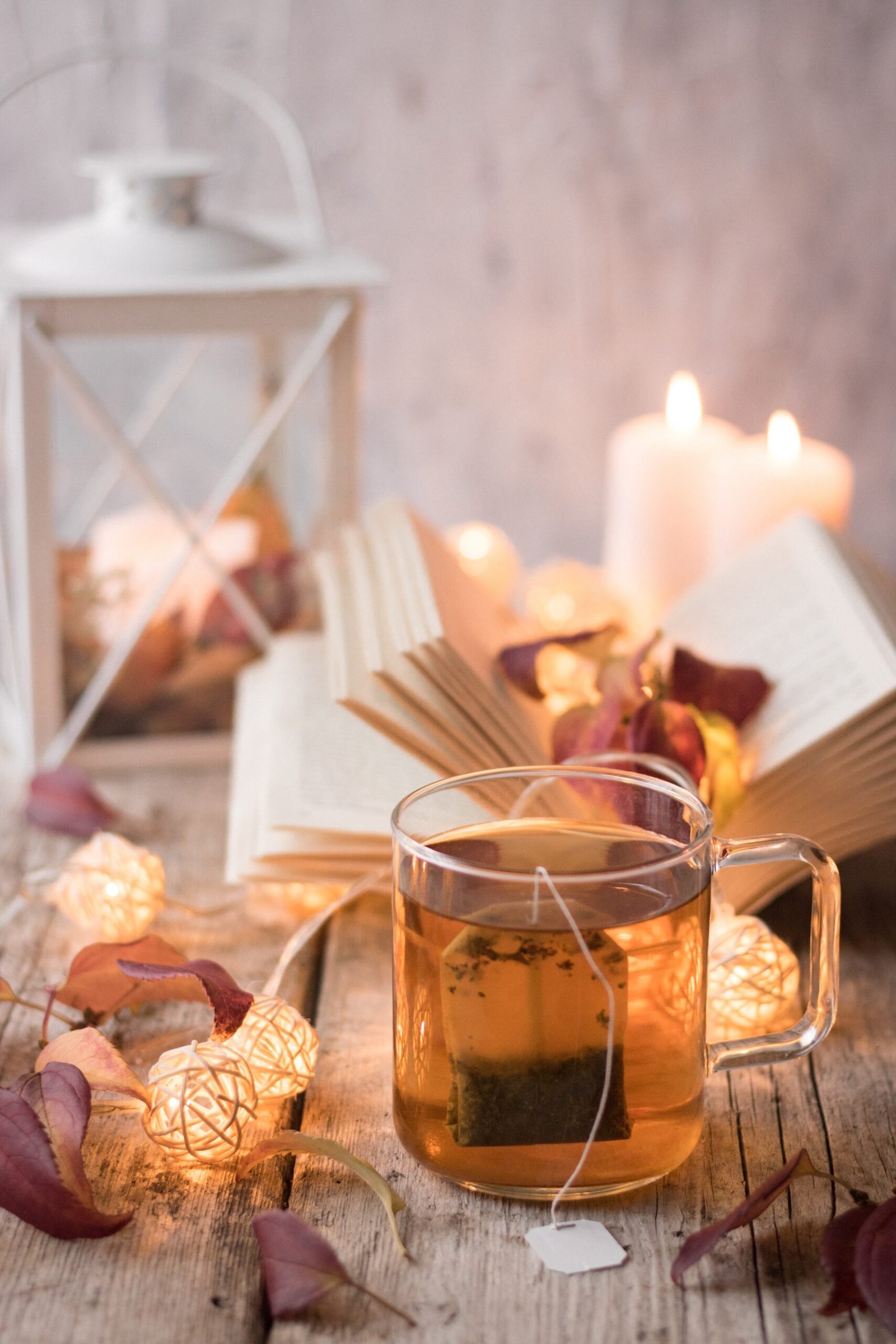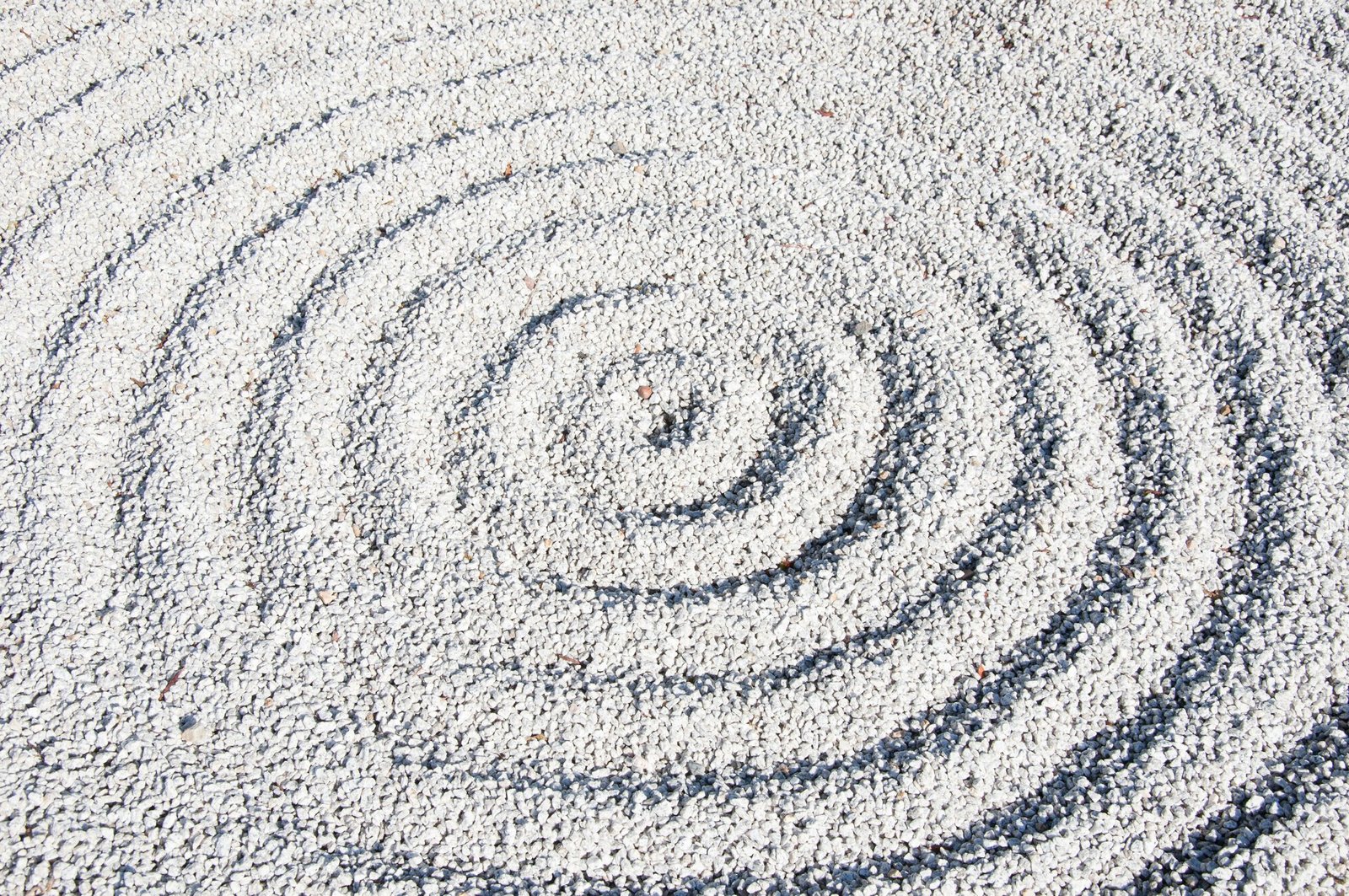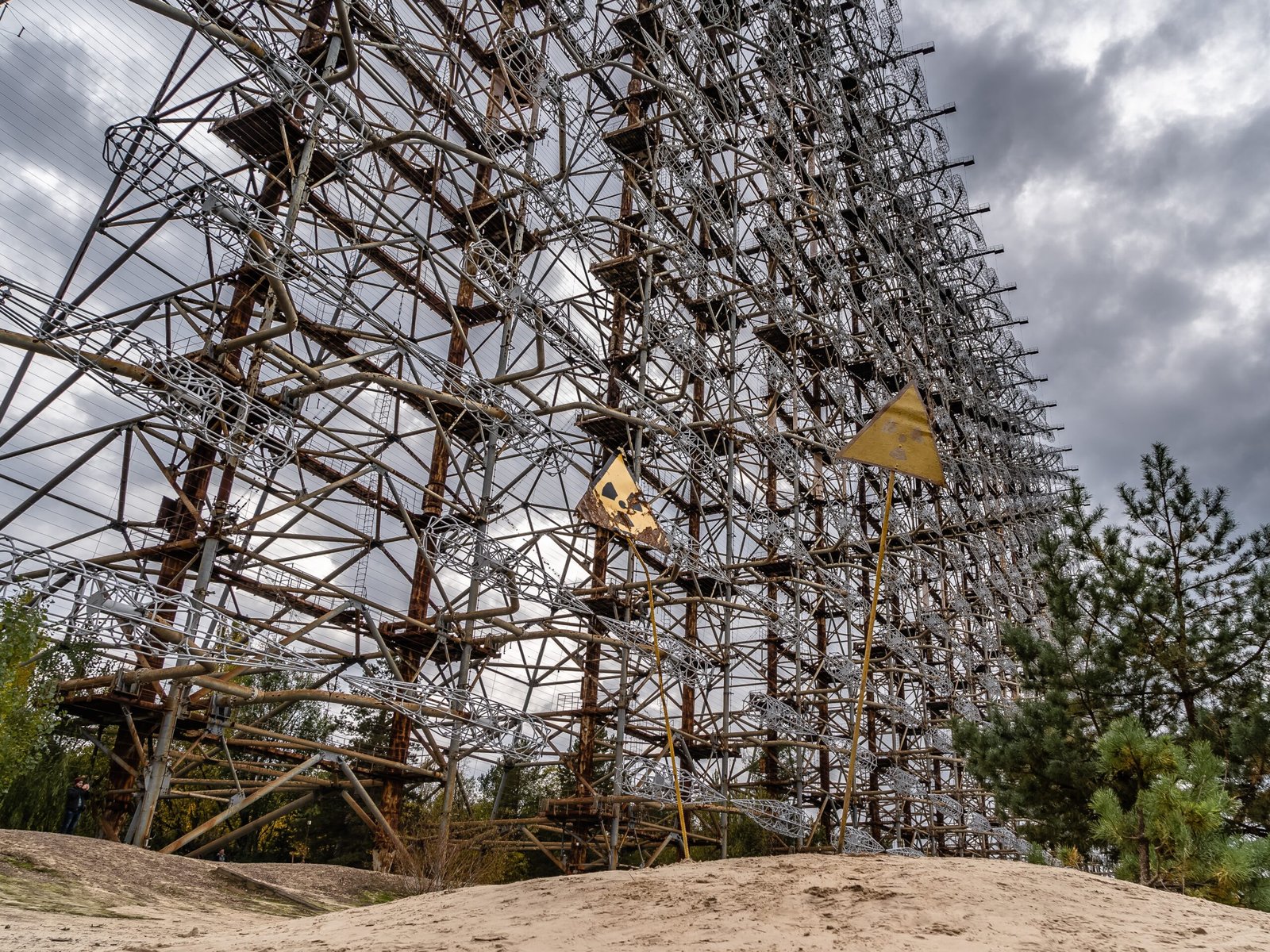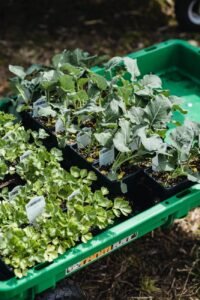Starting plants from seeds is a rewarding and cost-effective way to grow a wide variety of plants. Whether you have a large garden or a small balcony, seed starting allows you to have control over the entire growing process, from selecting the seeds to nurturing the young plants. In this article, we will explore the art of seed starting and provide you with some valuable tips to help you successfully grow plants from scratch.
Why Start from Seeds?
Starting plants from seeds offers several advantages over buying pre-grown plants. Firstly, it provides a much wider selection of plant varieties. You can choose from a vast array of heirloom and rare plants that may not be available as pre-grown options. Secondly, starting from seeds allows you to have control over the growing conditions right from the beginning. You can ensure that the seeds are organic, use the right soil mix, and avoid any potential diseases or pests that may come with pre-grown plants. Finally, starting from seeds is a more affordable option, especially if you have a large garden or want to grow a large number of plants.
Getting Started
Before you begin seed starting, it’s important to gather all the necessary supplies. You will need seeds, seed trays or containers, potting soil, labels, and a watering can or spray bottle. Make sure to choose high-quality seeds from reputable sources to increase your chances of success. Additionally, consider the specific requirements of each plant variety, such as temperature, light, and moisture, to ensure optimal conditions for germination.
Start by filling the seed trays or containers with a well-draining potting mix. Moisten the soil before sowing the seeds to provide a good environment for germination. Follow the instructions on the seed packet regarding the depth and spacing for each type of seed. After sowing the seeds, gently press them into the soil and cover them with a thin layer of soil or vermiculite.
Nurturing Young Plants
Once the seeds are sown, it’s crucial to provide the right conditions for germination and growth. Most seeds require warmth and moisture to germinate, so cover the trays or containers with a plastic dome or plastic wrap to create a greenhouse-like environment. Place them in a warm location, such as near a sunny window or under grow lights. Regularly check the moisture level of the soil and water gently to keep it consistently moist, but not waterlogged.
As the seedlings emerge, remove the plastic cover and provide them with adequate light. Insufficient light can lead to weak and leggy seedlings. If natural light is limited, supplement it with fluorescent or LED grow lights positioned a few inches above the seedlings. Rotate the trays regularly to ensure even growth.
Transplanting and Hardening Off
Once the seedlings have developed their true leaves and are sturdy enough, it’s time to transplant them into individual pots or containers. Use a well-draining potting mix and handle the seedlings carefully to avoid damaging their delicate roots. After transplanting, gradually acclimate the seedlings to outdoor conditions through a process called hardening off.
Start by placing the seedlings outdoors in a sheltered location for a few hours each day, gradually increasing the time and exposure to direct sunlight over the course of a week or two. This process helps the seedlings adjust to the outdoor environment, preventing shock and increasing their chances of survival.
Conclusion
Starting plants from seeds is a satisfying and cost-effective way to grow a wide variety of plants. By following the art of seed starting, you can have control over the entire growing process and enjoy the rewards of nurturing plants from scratch. Remember to choose high-quality seeds, provide optimal growing conditions, and gradually acclimate the seedlings to outdoor conditions. With patience and care, you can successfully grow healthy and thriving plants from seeds.

